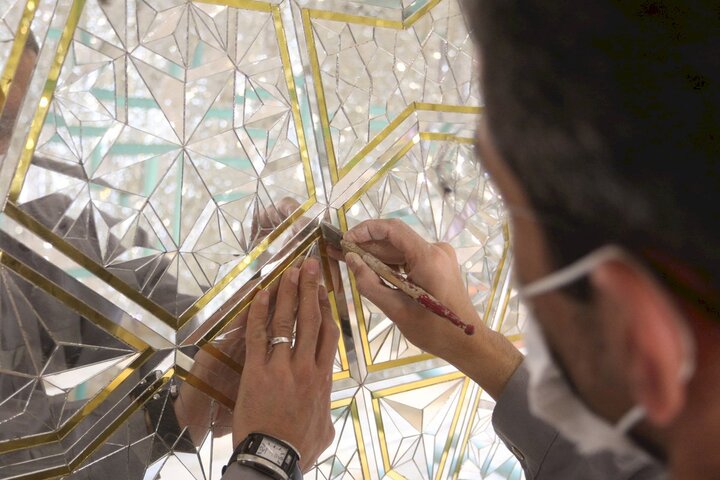Iran seeks UNESCO recognition for traditional felt-making and Tirgan festival

TEHRAN - Two cultural heritage files from Iran, one for traditional felt-making and another for the Tirgan festival, have been submitted for evaluation by UNESCO’s Intangible Cultural Heritage Committee in 2026.
According to Sima Hadadi, Head of the Registration and Preservation of Intangible Cultural Heritage in Iran, the felt-making dossier was prepared in collaboration with six other countries, showcasing the regional significance of this ancient craft. Meanwhile, the Tirgan festival has been jointly submitted with Armenia to highlight this shared cultural celebration.
Talking at a recent press conference, Hadadi also highlighted Iran’s extensive efforts to document and preserve its intangible heritage. “We have registered 380 elements at the national level and 26 elements on the UNESCO list, ranking Iran fourth globally in the number of UNESCO intangible heritage inscriptions,” she stated.
Elsewhere in his remarks, she noted that Iran had submitted a dossier for “Ayeneh-kari in Iranian architecture” to UNESCO, aiming to inscribe this intricate art form on the Intangible Cultural Heritage list. The dossier will bw reviewed at the 20th session of the Intergovernmental Committee for the Safeguarding of Intangible Cultural Heritage, scheduled to take in India soon.
The joint submissions of the felt-making, Tirgan festival, and Ayeneh-kari files underline Iran’s commitment to safeguarding its cultural legacy while fostering regional and international cooperation. If approved, these additions will further enrich UNESCO’s recognition of Iran’s diverse cultural and historical heritage.
Traditional felt-making: an ancient craft
Traditional felt-making, or Namad-mali, is a time-honored craft in Iran, practiced for centuries in rural communities. The process involves layering, rolling, and pressing wool fibers with hot water to create a durable textile known as Namad. Unique designs and techniques from regions like Semnan province reflect the cultural and environmental influences of the craft.
Unlike woven or knitted textiles, felt is made entirely by hand, using moisture and pressure to interlock wool fibers into compact, intricate patterns. This collaborative UNESCO nomination aims to preserve the cultural and artistic value of felt-making across the participating nations.
Tirgan: a celebration of nature and heritage

The Tirgan festival, rooted in ancient Persian traditions, represents Iran’s rich Zoroastrian heritage. Known as Jashn-e Tirgan, the festival’s origin is tied to the legendary tale of Arash the Archer (Arash-e Kamangir), a hero who marked the boundaries of Persia with a single arrow shot, symbolizing sacrifice and unity.
Celebrated on the 13th day of Tir, the fourth month of the Persian calendar (early July), Tirgan emphasizes gratitude for nature, righteousness, and community as well.
With its rejuvenating rituals, water festivities, bonfires, and beautiful symbolism, Tirgan serves as a reminder of the principles embraced by Zoroastrians, promoting light, righteousness, and reverence for nature.
Ayeneh-kari: a hallmark of Iranian architecture

Available evidence suggests that the origins of mirror-making in Iran date back 2,700 years to the Achaemenid era, when polished stones and metals were transformed into reflective surfaces. These early mirrors laid the groundwork for Ayeneh-kari, a decorative art that flourished during the Safavid and Qajar periods.
In these eras, mirrors were artistically cut into geometric and floral shapes, then meticulously arranged to adorn walls, ceilings, and columns of royal palaces, mosques, and mausoleums. Notable examples include the Chehel Sotun Palace in Isfahan and the Shams-ol-Emareh in Tehran, where the interplay of light and reflection creates a mesmerizing effect.
AM
Leave a Comment